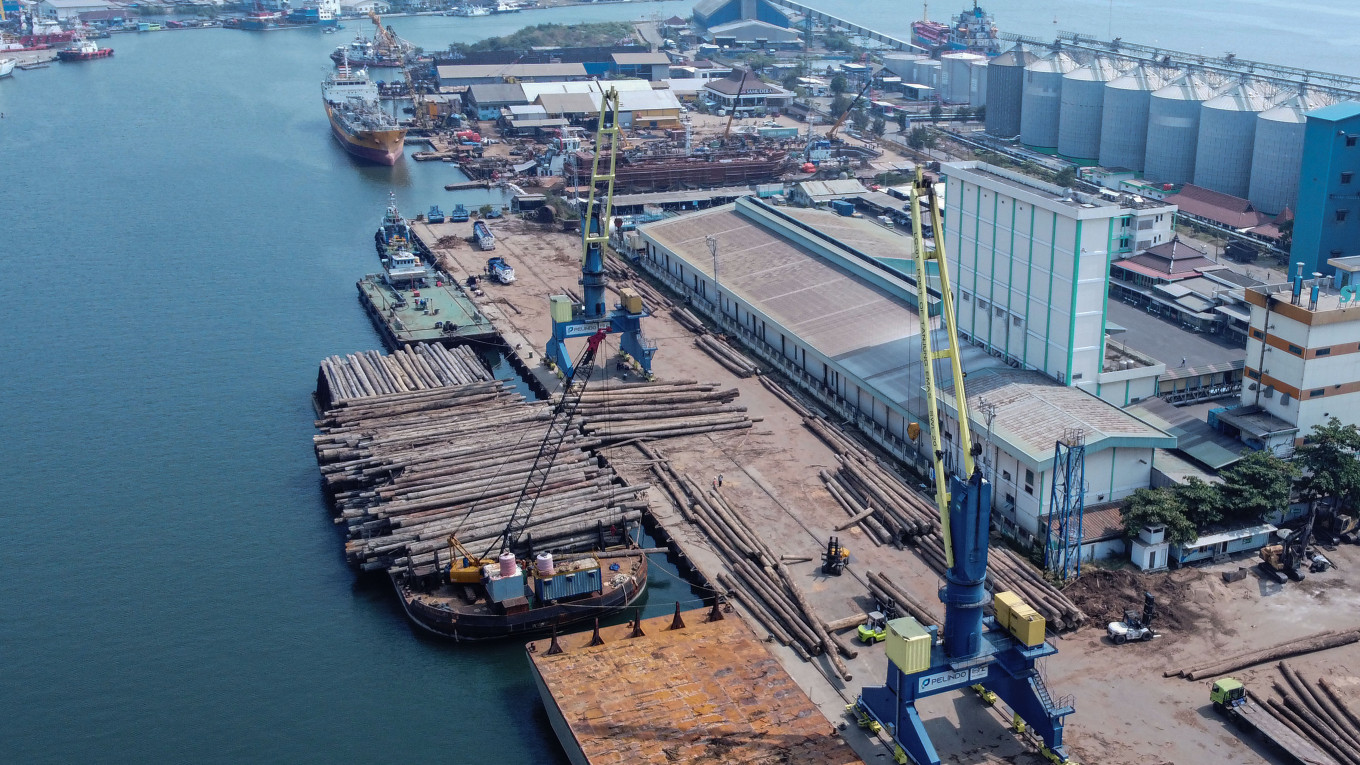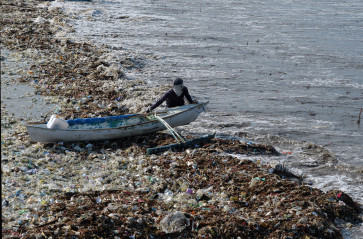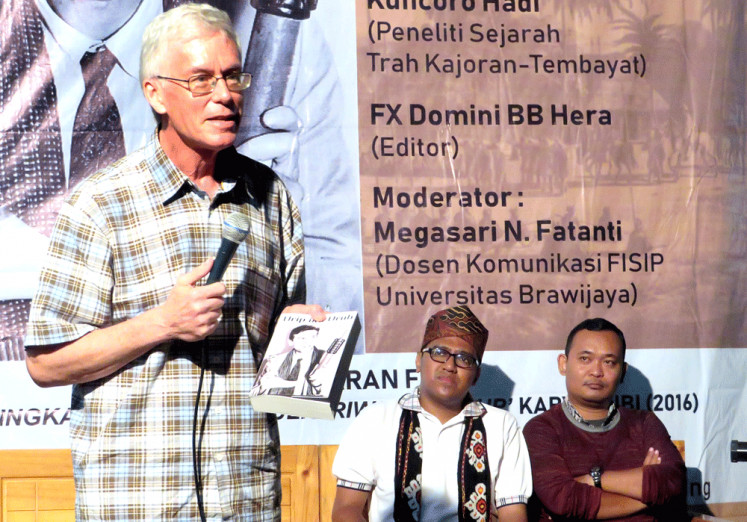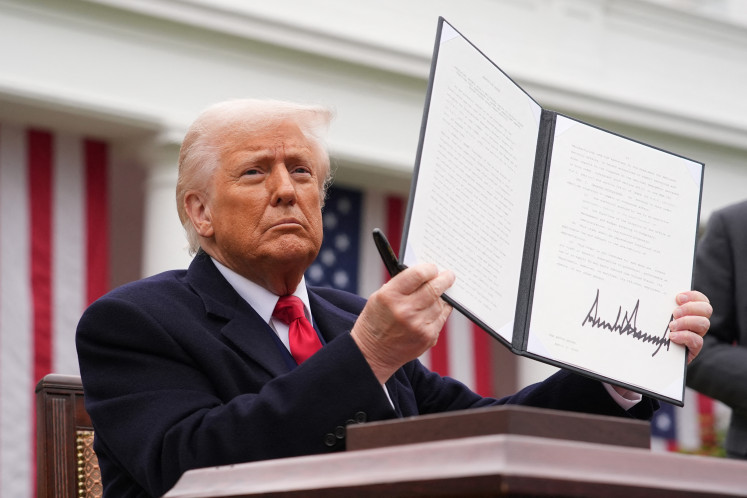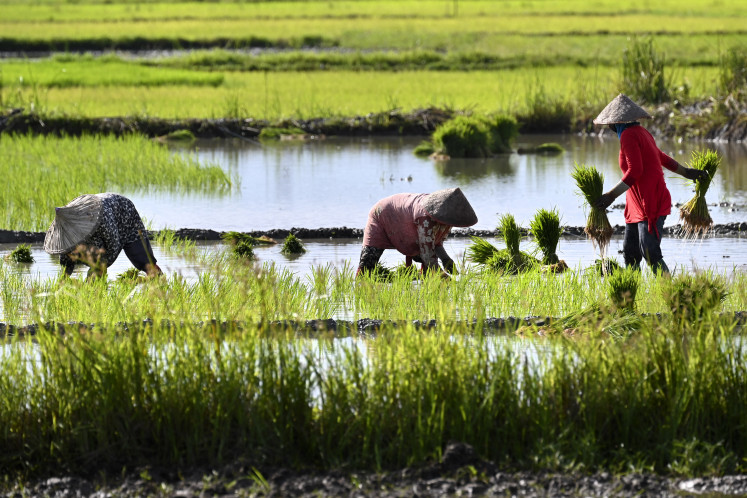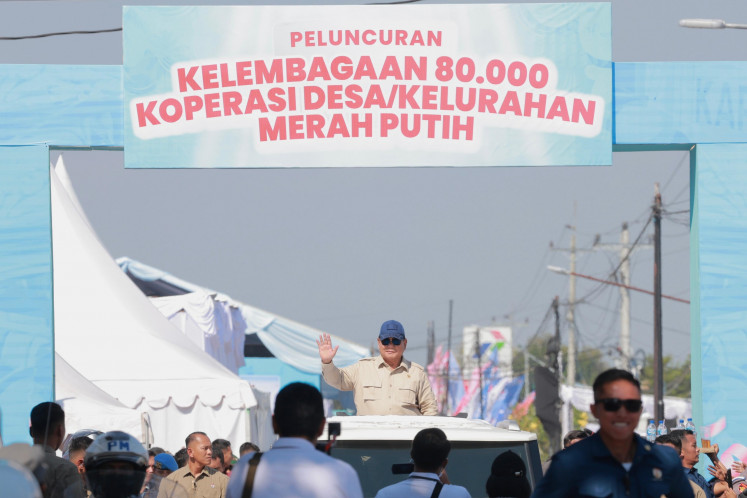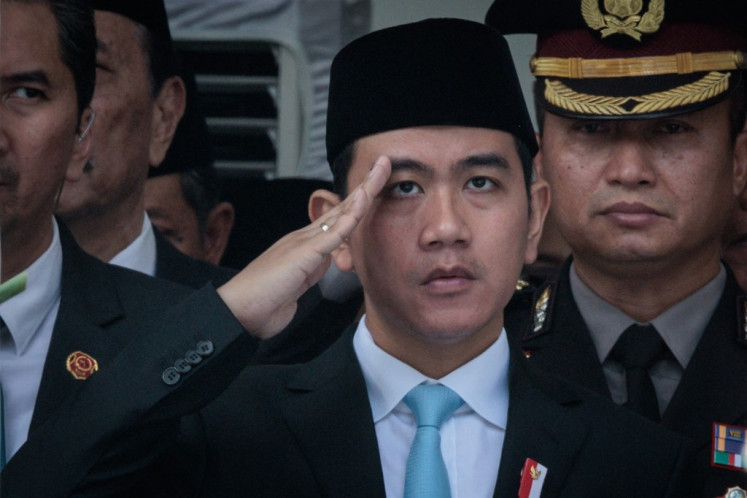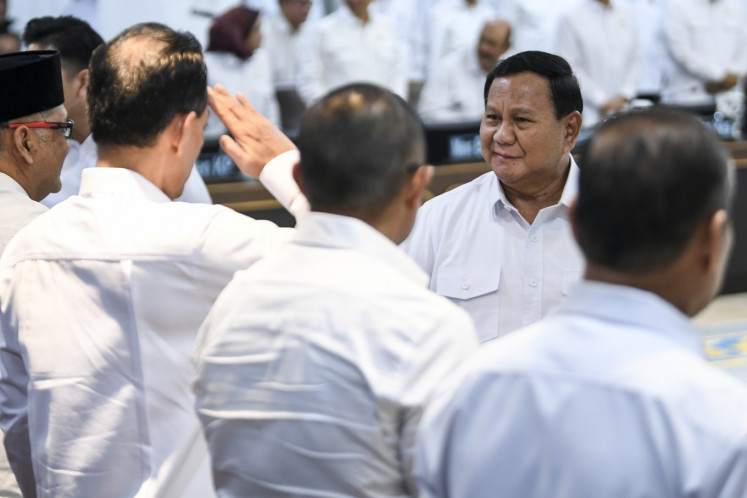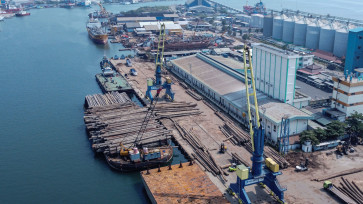Popular Reads
Top Results
Can't find what you're looking for?
View all search resultsPopular Reads
Top Results
Can't find what you're looking for?
View all search resultsUS–Indonesia deal: Cooperation or exploitation?
2024 trade data shows Indonesia’s top exports to the US remain concentrated in sectors particularly vulnerable to Washington’s protectionist impulses.
Change text size
Gift Premium Articles
to Anyone
O
n July 16, Indonesia secured a trade deal with the United States that, at first glance, appears to be a crucial lifeline. This agreement locks in a maximum 19 percent tariff on Indonesian exports to the US through 2029.
Arriving amid escalating US protectionism, the deal offers what seems to be a temporary shield. While the Indonesian government deserves credit for navigating an unpredictable global trade landscape, the true implications lie in the details. The US has accepted Indonesia’s offer, yet its reciprocal commitment amounts to little more than a token rollback of Trump’s unilateral tariffs, which are highly conditional and tied to his ever-expanding wishlist.
Indonesia’s government has framed this deal as a pragmatic step, providing tariff certainty against recent unilateral US tariff escalations. Under the agreement, the US guarantees Indonesian goods will not face tariffs exceeding 19 percent at least during US President Donald Trump’s term in office, should he remain in power after the November 2026 midterm election.
For a developing economy vulnerable to trade shocks, any predictability is valuable. This deal might protect Indonesia from the kind of ad hoc tariff spikes Washington has recently imposed on China and other economies.
However, certainty should not be confused with favorability. Trump’s tariffs of up to 19 percent still represent a significant burden. Indonesia’s inclusion under this ceiling is a defensive concession, not an offensive achievement. It is a lesser loss, not a win.
Government officials argue that while the US accounts for only about 9.9 percent of Indonesia’s total exports, the trade relationship is disproportionately important due to the labor-intensive nature of the goods involved. Indonesian exports to the US, including apparel, footwear, furniture, rubber products and electronics, support a substantial number of jobs across Java, Sumatra and other regions.
Yet, 2024 trade data shows Indonesia’s top exports to the US remain concentrated in sectors particularly vulnerable to Washington’s protectionist impulses. Industries like palm oil, footwear, electrical machines, telephone sets and rubber tires are precisely the ones most exposed to tariff hikes and scrutiny, especially if they incorporate inputs from China, now a primary target of US trade restrictions.

